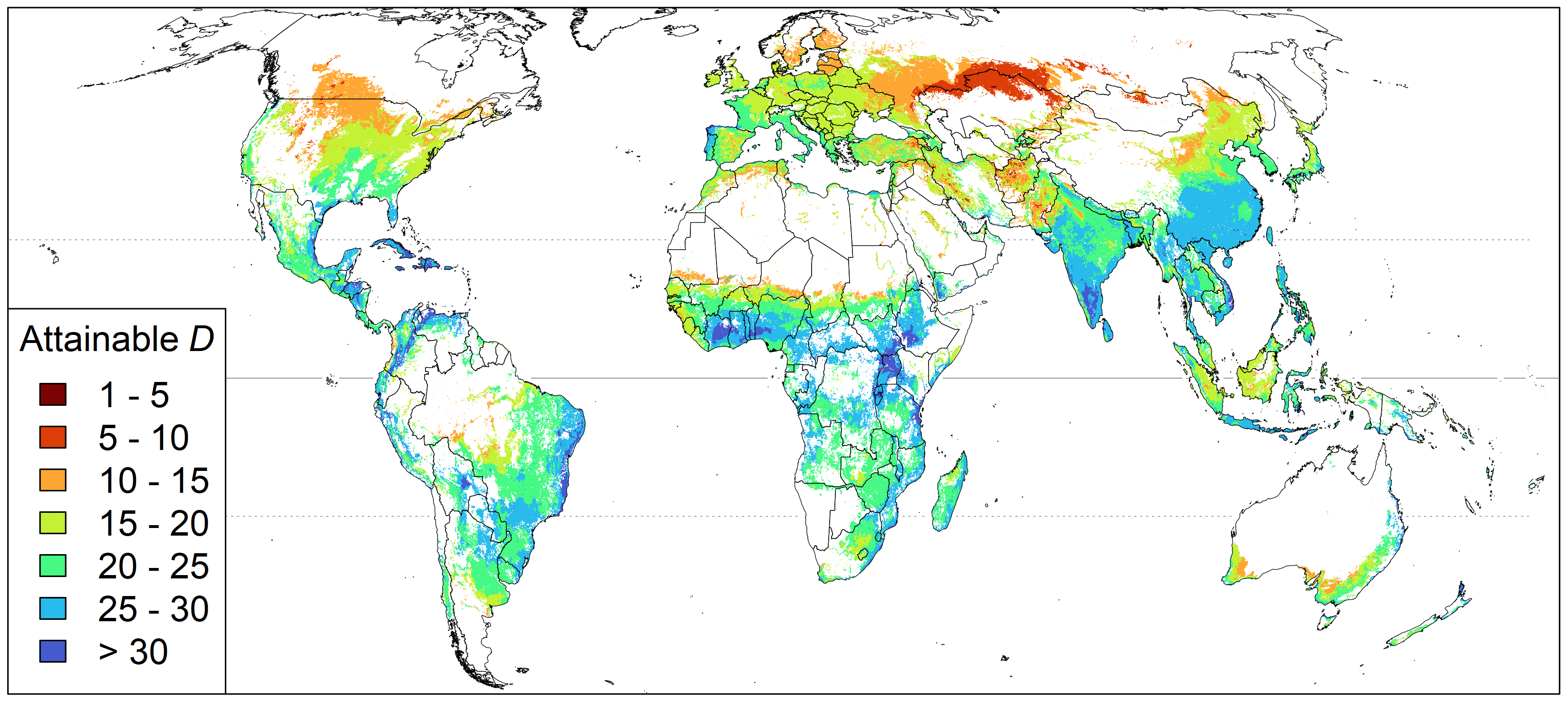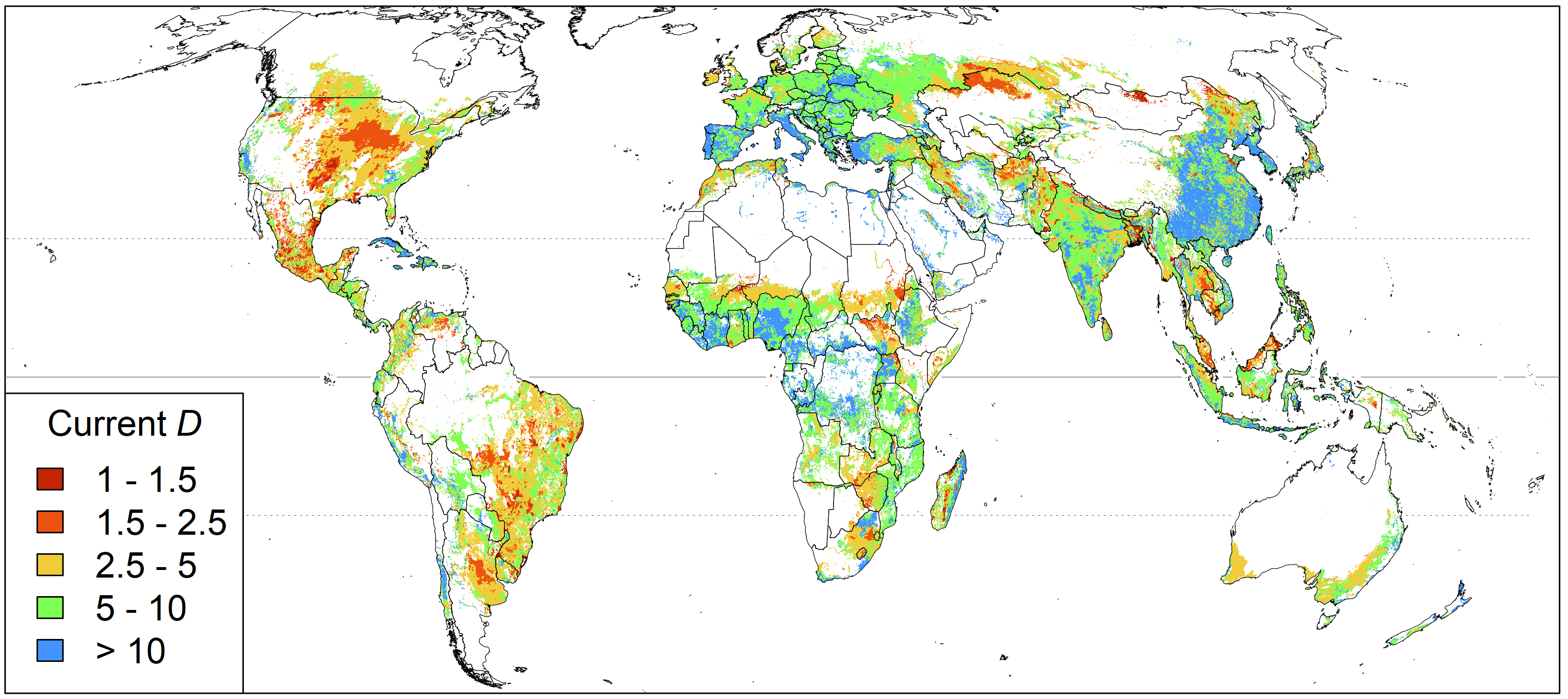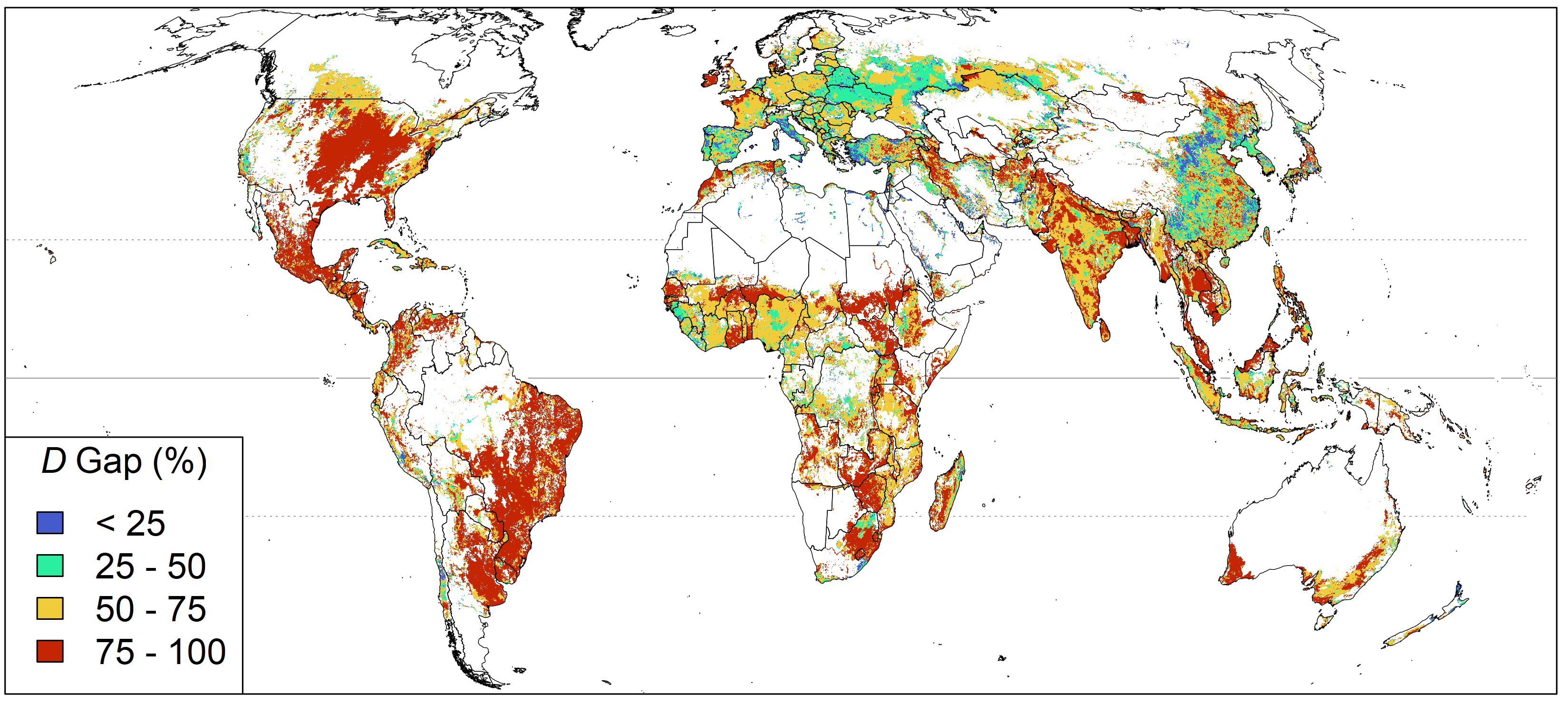- Agriculture and climate change are reshaping insect biodiversity worldwide. Does that mean there won’t be enough of them for us to eat? Well, and to pollinate stuff I guess.
- From science to society: implementing effective strategies to improve wild pollinator health. It’s the indirect drivers that will get them in the end.
- Sustainable protected areas: Synergies between biodiversity conservation and socioeconomic development. Empower communities and management, you fools!
- Tea–vegetable gardens in Longsheng Nationalities Autonomous County: temporal and spatial distribution, agrobiodiversity and social–ecological values. Communities and management were presumably fully empowered.
- WILDMEAT interventions database: A new database of interventions addressing unsustainable wild meat hunting, consumption and trade. Very empowering, I’m sure. Unclear whether edible insects are included though.
- Chorta (Wild Greens) in Central Crete: The Bio-Cultural Heritage of a Hidden and Resilient Ingredient of the Mediterranean Diet. Well, frankly, who needs insects when you have weeds?
- Relative yield of food and efficiency of land-use in organic agriculture – A regional study. If the best bits of Sweden went fully organic, 130% more land would be needed. Unclear whether eating either weeds or insects was factored into the calculations.
- Advancing designer crops for climate resilience through an integrated genomics approach. Forget eating weeds, protecting pollinators and empowering this or that, thrown everything at crop improvement.
- Developing Germplasm and Promoting Consumption of Anthocyanin-Rich Grains for Health Benefits. Especially crops with coloured grains.
- The World Vegetable Center Amaranthus germplasm collection: Core collection development and evaluation of agronomic and nutritional traits. Well, and vegetables, presumably.
- Consumer acceptance of fungus-resistant grape wines: Evidence from Italy, the UK, and the USA. Ah yes, but whether consumers like the idea of grape vines improved through interspecific hybridization depends on what exactly you tell them. So much for empowerment.
- The evolutionary relationship between bere barley and other types of cultivated barley. Unfortunately this paper did not come out in time for the inclusion of a subplot on the introduction of Viking barley to the Orkneys in the current blockbuster The Northman. But I hear there’s stuff in there about empowerment.
Nibbles: New Indian genebank, Bremji Kul conservation, Ugandan cassava, Chicago heirloom tomato guy, Malawi root & tuber value chains, Wild harvested plants report, Indigenous oyster harvesting, The Recipes Project
- Maharashtra to set up a genebank, but definitely NOT the nation’s first.
- Meanwhile, in Kashmir…
- Let them eat cassava cake.
- Minor roots and tubers not so minor in Malawi. Cassava unavailable for comment.
- Area man shares heirloom tomatoes. Not many people hurt.
- How to make the most, sustainably, of 12 wild-harvested plant species. According to FAO.
- Indigenous peoples have been harvesting oysters sustainably for millennia.
- The wonderful Plant Humanities Initiative does recipes.
Nibbles: Diversification, Heirloom greens, Forgotten fruit, Eat this meat, SPC lab
- We need to diversify the food system.
- Start with collard greens maybe?
- Continue with pawpaws.
- And do something about meat.
- Finally, open a molecular lab.
- Wait, what?
How diverse can croplands be?
A guest post from Fernando Aramburu Merlos on his recent paper with friend-of-the-blog Robert Hijmans.
Four species (wheat, rice, maize, and soybean) occupy half the world’s croplands. It has been argued that this means we cannot increase crop species diversity much without changing what we eat 1. Radically shifting our diets is a tall order, not just because changing habits is a challenge but also because we are so good at growing and processing the major crops. It’s an unfair race in which the major crops have a head start of millions of dollars and research hours.
We wanted to know how much crop diversity can be increased without changing the global food supply 2. So we estimated the attainable crop diversity, which is the highest level of crop species diversity you can get without changing the total production of each crop. To compute this, we “shuffled the cards and dealt again”: over 100 crops were distributed across the worlds’ existing croplands by allocating each to the most suitable land while considering the inter-specific competition for land.

It turned out that tropical and coastal regions can reach much higher levels of diversity than temperate and continental areas. Perhaps that is not especially surprising, but one implication is that we should not assume that all countries can achieve the same maximum levels of crop diversity 3. We also noted that attainable diversity cannot explain current diversity patterns very well. For example, the diversity gap, the difference between the current and the attainable diversity, is much higher in the Americas than in Europe and East Asia.

Diversity gaps, expressed as a percentage of the attainable diversity, are greater than 50% in 85% of the world’s croplands. Thus, in principle, crop diversity could double in the vast majority of the world without changing our heavy reliance on a few staple crops. So there must be strong forces at work that make farmers and regions specialize. For example, at the farm level, a high crop diversity may be difficult to manage, reduce economies of scale, and be costly if it comes at the expense of the most profitable crops.

It would be interesting to better understand what specific factors limit diversification in the regions with the largest crop diversity gaps, and how to reduce them. But more important questions need to be answered first. How much diversity is enough diversity? And is that the same for all regions? Some very low diversity systems appear to be highly sustainable (the flooded rice systems in Asia come to mind). A more spatially explicit and species-specific, functional understanding of the effect of diversity at the field scale would be helpful. Without that, diversity gaps are just an interesting emergent property of specialization, but not something that necessarily must be reduced.
Nibbles: American single malt, Gauguin’s coconut, World Seed Congress, Red gold, Kunming
- Will American single malt whiskey be a thing? Depends on the American barley.
- Is the fruit in Paul Gauguin’s Eü haere ia oe (Woman Holding a Fruit) a coconut? Have your say.
- Will the World Seed Congress sow a brilliant future? We shall see.
- Is the oil palm over in West Africa? Depends.
- Where are we with that post-2020 biodiversity deal? Nowhere much yet.